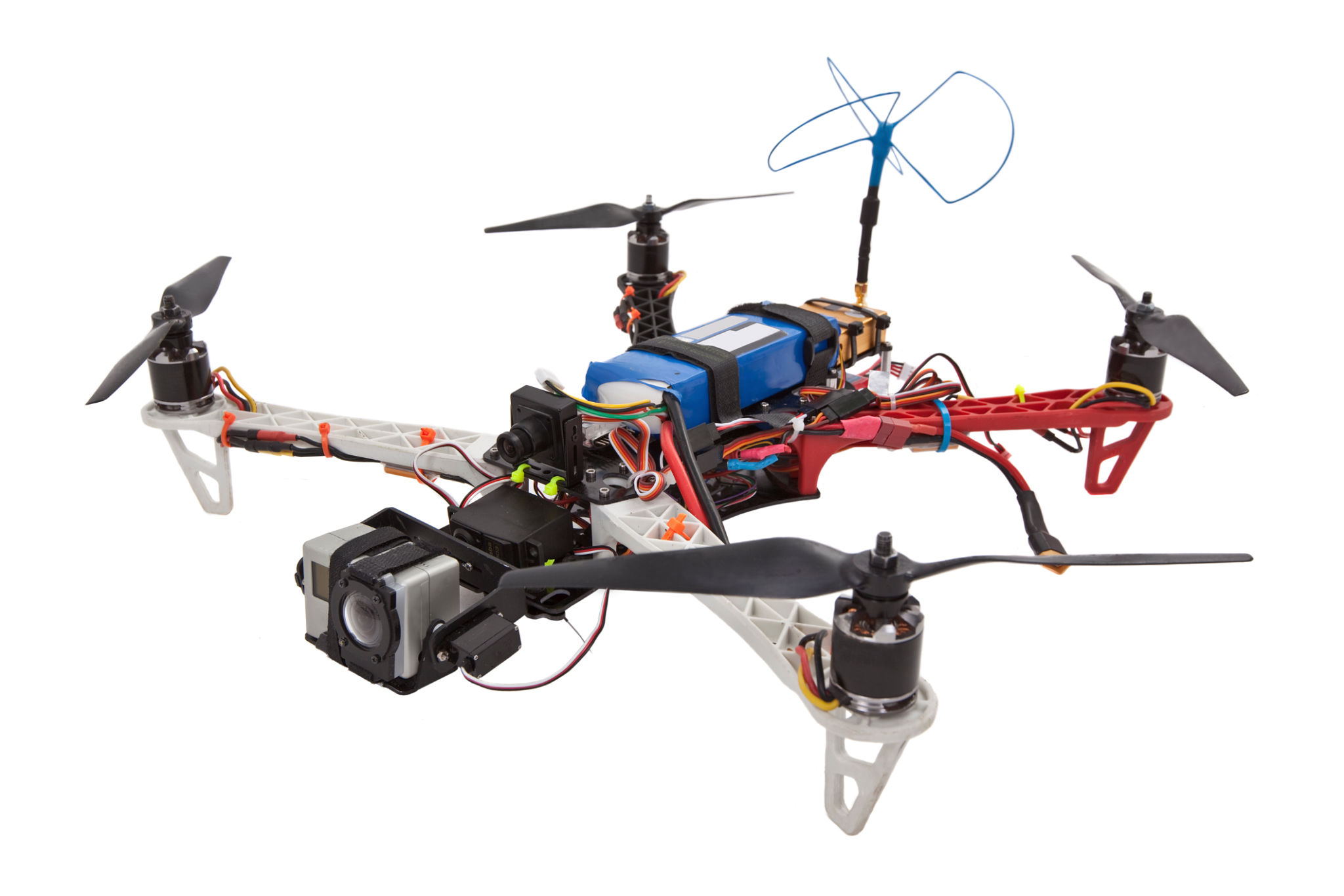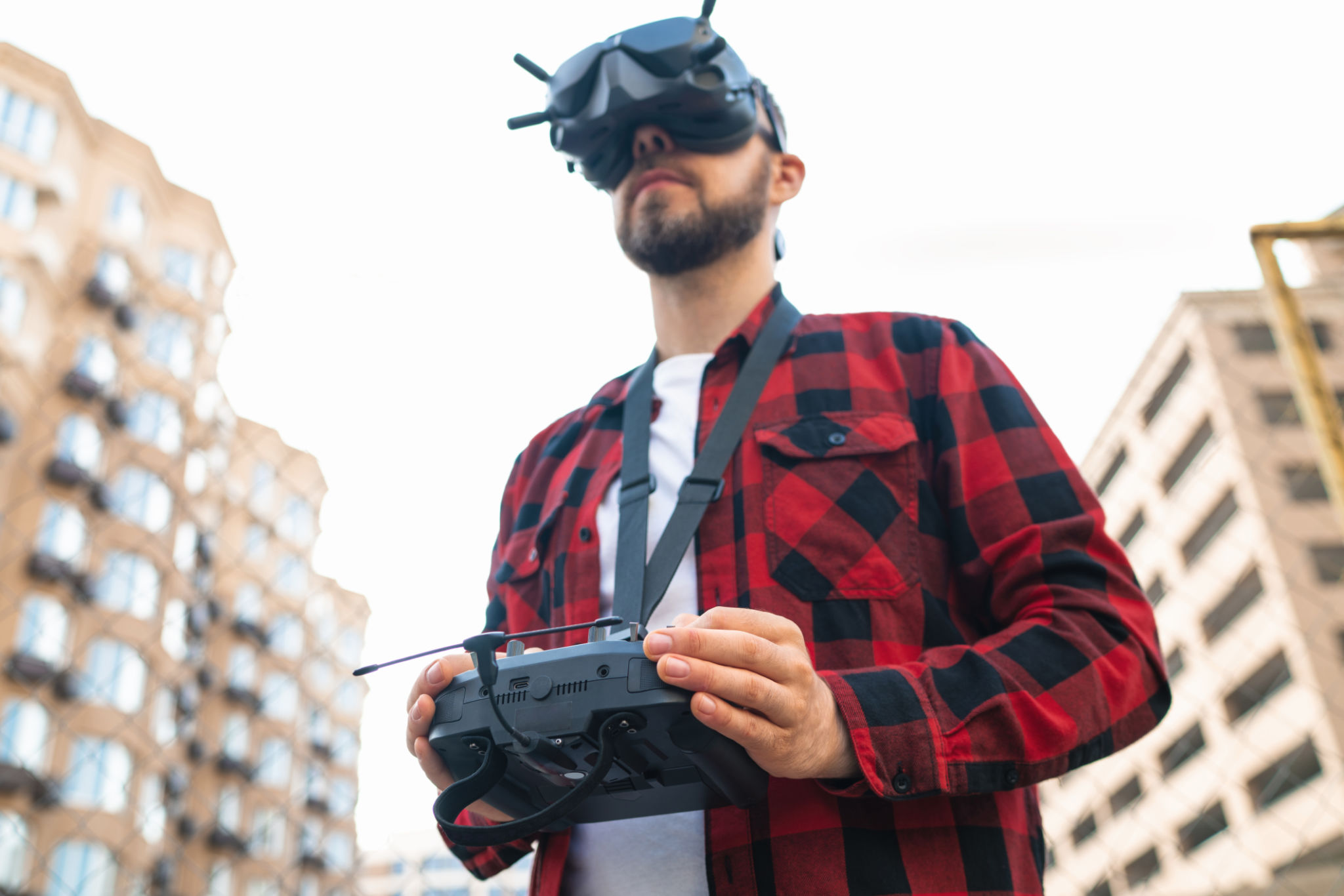Top Questions About FPV Systems Answered: A Guide for Beginners
Understanding FPV Systems
First Person View (FPV) systems have revolutionized the way drone enthusiasts engage with their flying machines. These systems provide a pilot's perspective of the drone's flight, enhancing the immersive experience. For beginners, understanding the components and functionalities of FPV systems can be a bit daunting. This guide will answer some of the top questions asked by newcomers in the world of FPV.
An FPV system typically comprises a camera, video transmitter (VTX), receiver, and a display device such as goggles or a monitor. Learning how these components interconnect is crucial for setting up your system for optimal performance.

What Do You Need to Get Started?
To dive into FPV flying, you'll need some essential equipment. Here's a basic list:
- FPV Camera: Captures real-time video of the drone's surroundings.
- Video Transmitter (VTX): Sends the video feed from the camera to your goggles or monitor.
- FPV Goggles or Monitor: Displays the live video feed for you to view.
- Receiver: Receives the video signal from the VTX and relays it to the display device.
Each component plays a vital role in ensuring a seamless FPV experience. As a beginner, investing in quality equipment can greatly enhance your flying experience.
How Does an FPV System Work?
An FPV system functions by transmitting live video footage from the drone's camera to your display device. The camera captures the view from the drone's perspective, while the VTX sends this video feed via radio frequencies. The receiver, which is connected to your display device, picks up these signals, allowing you to see what the drone sees in real time.

The effectiveness of an FPV system largely depends on the quality of each component and how well they are integrated. Fine-tuning these elements will ensure minimal latency and a clearer view during flight.
What is Latency in FPV Systems?
Latency refers to the delay between what the camera captures and what you see in your goggles or monitor. High latency can disrupt the flying experience, making it difficult to react to obstacles or changes in the environment swiftly. For beginners, it's essential to aim for low-latency setups to improve response times during flight.
Choosing components known for low latency and ensuring they are correctly configured can significantly enhance your FPV experience.

How Do You Improve Signal Range and Quality?
The range and quality of your FPV signal are critical for uninterrupted flying. Here are some tips:
- Use antennas with higher gain for better signal strength.
- Avoid interference by choosing less crowded frequency channels.
- Maintain a clear line of sight between the drone and the receiver.
Implementing these strategies can help maintain a strong and stable FPV signal, even over longer distances.
Common Issues and Troubleshooting
Beginners often encounter issues such as poor video quality, signal dropouts, or interference. Troubleshooting involves checking connections, ensuring components are compatible, and verifying that settings are correctly configured. Regularly updating firmware and conducting pre-flight checks can prevent many common problems.
Understanding these foundational aspects of FPV systems will set you on the path to becoming an adept FPV pilot. With practice and patience, you'll be navigating the skies with confidence and skill.
